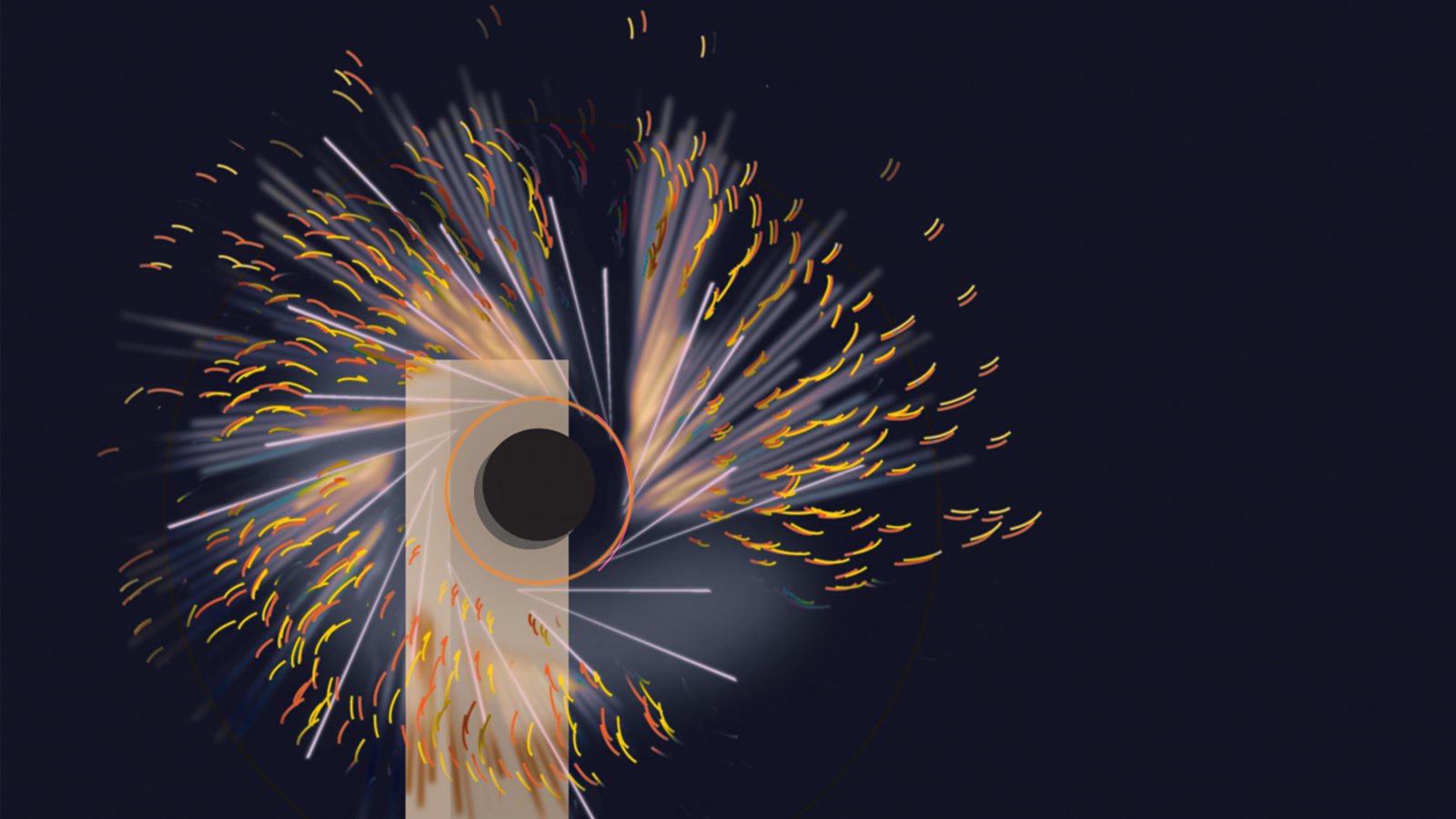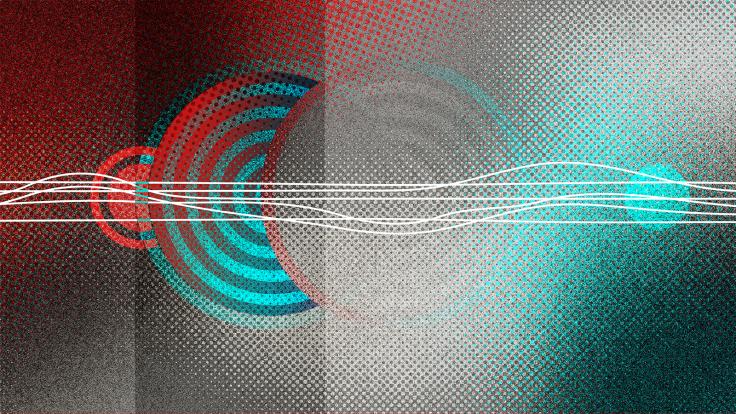Synchrotron radiation is the light emitted by charged particles as they accelerate—whether they're gaining speed along a straight line or traveling at a constant speed on a curved path. (Moving along a curve involves acceleration; we feel this type of acceleration when we drive a car around a corner.)
Synchrotron light gets its name from the synchrotron particle accelerators where it was first observed. Synchrotrons use magnets to bend the paths of speeding electrons into arcs. But we also see it in the cosmic realm: some of the light emitted by astronomical objects such as the Crab Nebula comes from electrons swooping through galactic magnetic fields.
When accelerated, low-mass particles such as electrons lose far more energy to synchrotron radiation than heavy particles like protons do. That's why scientists use electrons, not protons, to harvest the power of synchrotron radiation in facilities called light sources. There the electrons travel in circles or slalom through magnets known as wigglers or undulators. They radiate extremely intense light in a direction tangential to the curved path they're on, like mud flung from a spinning tire or sparks from spinning fireworks. Scientists choose a specific wavelength of light from the broad range that the electrons emit, including infrared, ultraviolet, X-ray, and visible light, and focus it on very small samples. The combination of intensity and tunability makes synchrotron radiation a powerful all-purpose tool for research in many fields, yielding detailed information on structures as small as atoms and molecules.













